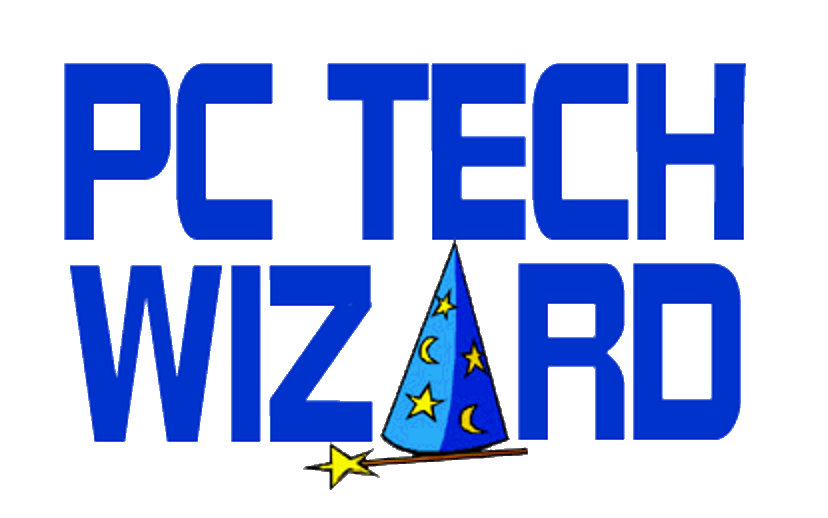By now you’re probably aware that Daylight Savings Time starts three weeks earlier this year and ends one week later. DST starts March 11, 2007 and ends on November 4.
Windows Vista is already set up to handle this new schedule, but older versions of Windows (and all versions of Microsoft Outlook) need to be patched to handle the new DST schedule.
If you have Windows XP and automatic updates are enabled, you probably already have the DST patch installed. In any case, you should definitely visit Microsoft’s special Daylight Savings Time update page by clicking here. The site will help you identify the necessary patches for both Windows and Outlook, and allow you to download and install them.
When you run the Windows patcher, it will either complete normally or give you an error message stating that the update is already installed.
The Outlook patcher will install a time zone update and optionally shift any appointments or meetings you have scheduled in the new three and one week DST periods. When I ran it, I did not allow it to shift my meetings. If I had a meeting scheduled for 2 PM on March 21, it’s still going to be at 2 PM regardless of DST.
The site has complete step-by-step instructions for installing these patches.
The updates are available for Windows and Outlook versions 2000 and newer. Updates are not available for older versions. Microsoft no longer supports Office 97, Windows 98, and Windows Me.
